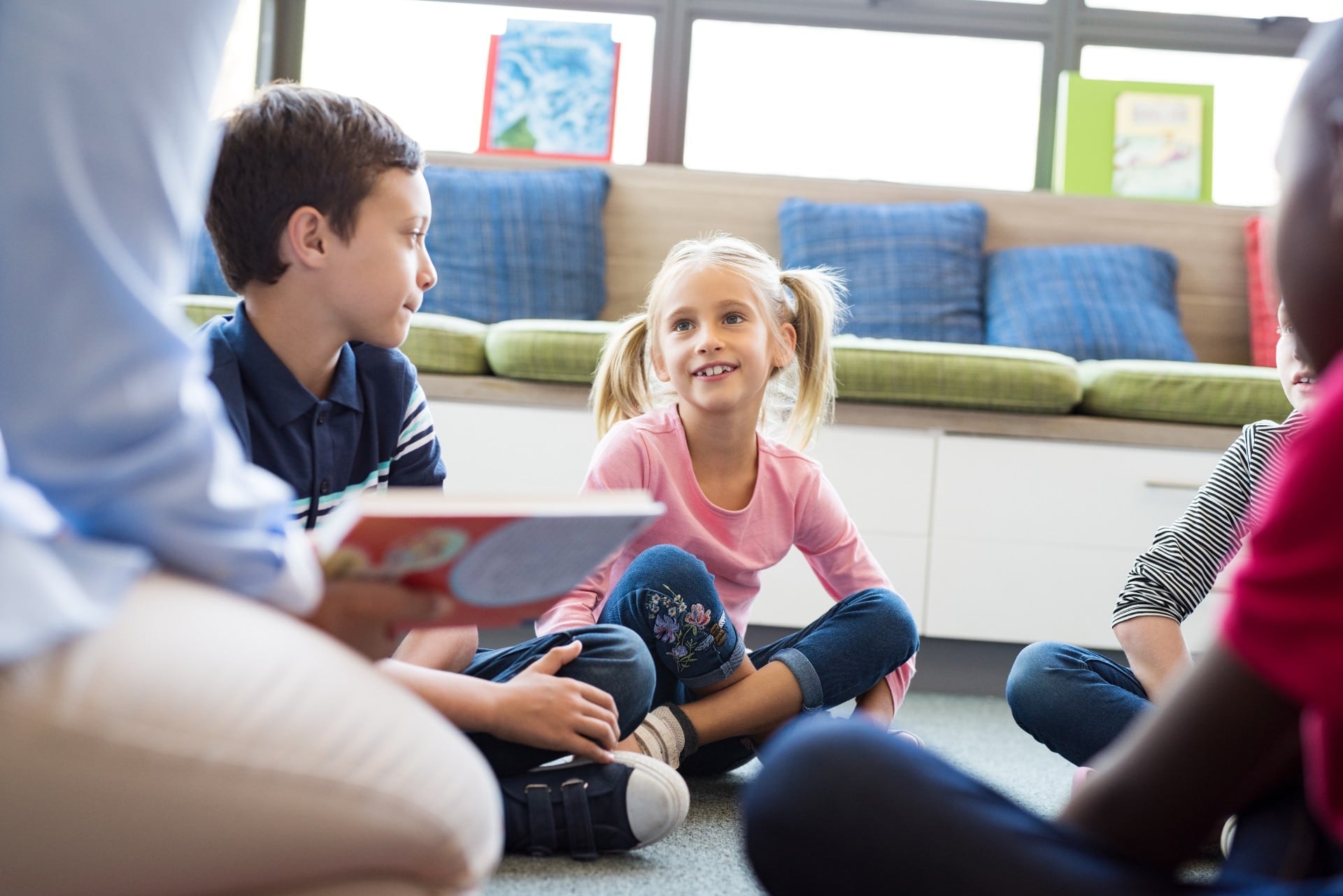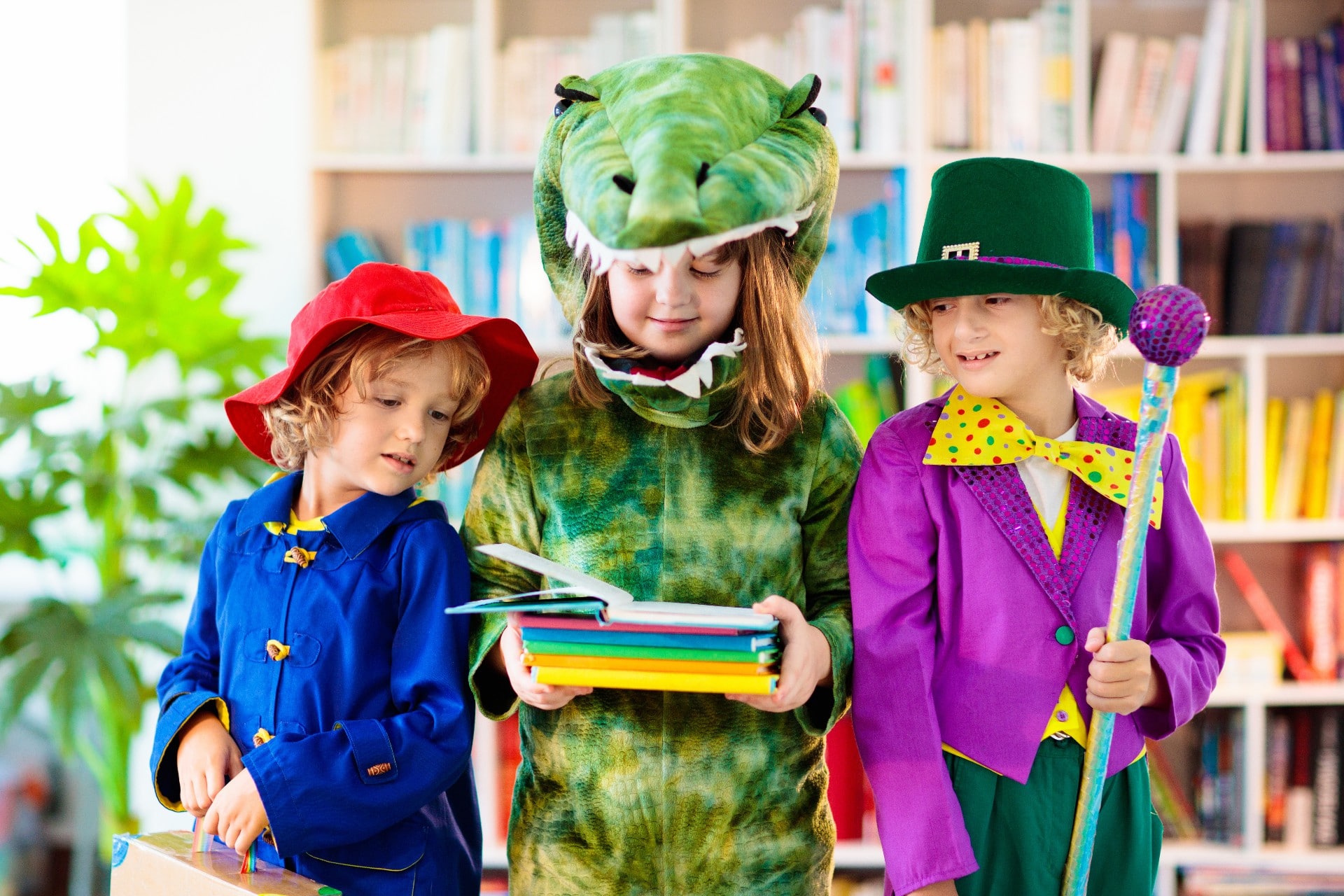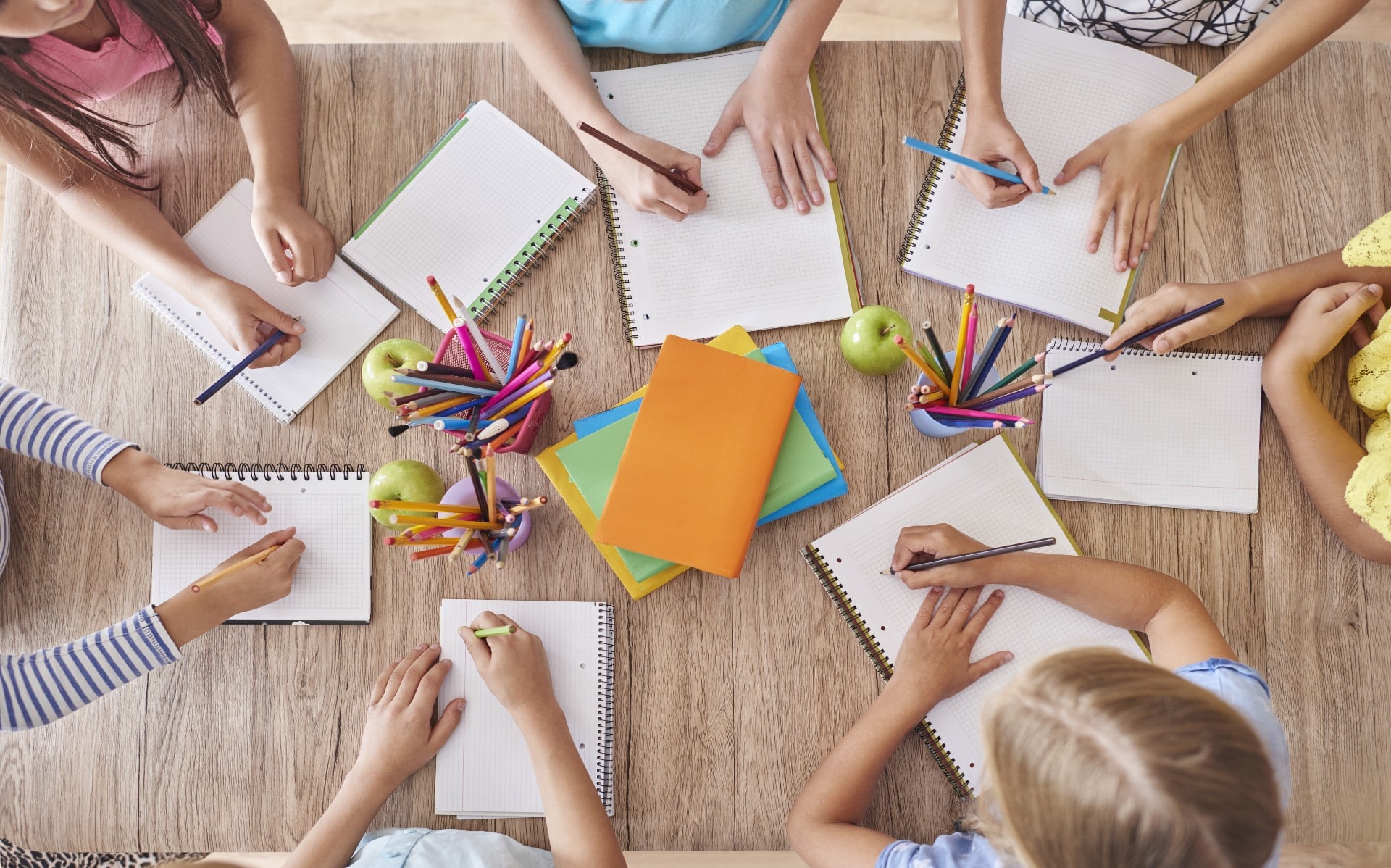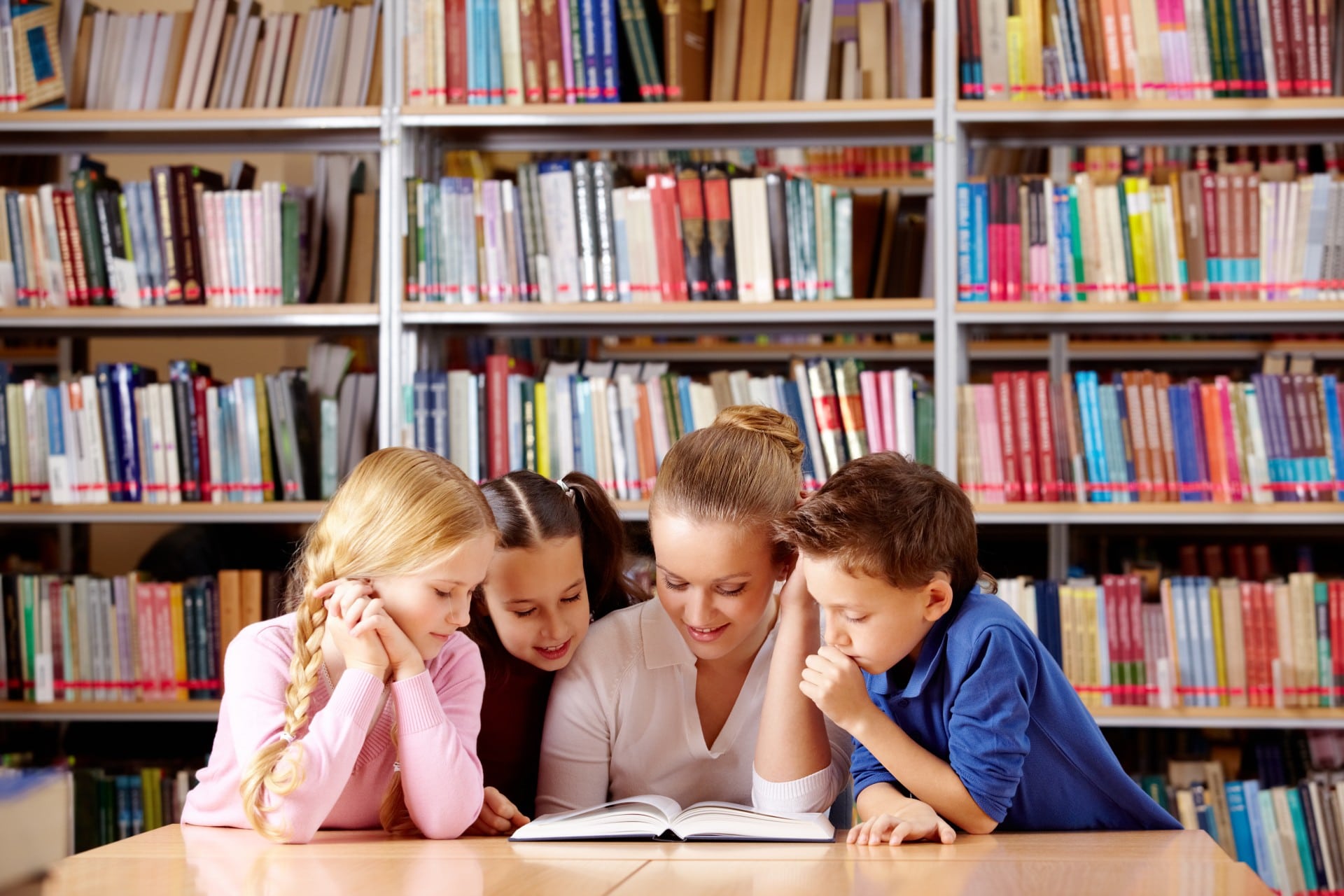For National Storytelling Week, we have created an activity guide so you can celebrate the week in a fun and interesting way with your class! We understand how difficult it is to make storytelling enjoyable and something more than just reading or listening to stories. These activities are designed to engage your pupils more as well as develop crucial skills in a fun, creative way.
Storytelling activities to do with your class
Memorise and retell the plot
A traditional activity to do with your class is a discussion on the plot of the story. This can be as a class or in small groups. Get the group together after telling the story and get them to take turns in telling, in their own words, what the story is about. This helps with children’s memories and gets them interacting with others in their class.
Another way of doing this is in the form of a creative writing exercise. Get the class to think about the plot and create an imaginative piece of writing retelling the story. This stirs their imagination and lets them be as creative as they want.
Some children may struggle to remember the plot so it’s best to get them to visualise it in images. Or to help even further with this, create some images that tell the plot to show the children whilst they are retelling the story in whichever way you choose. This aids them in memorising what has happened.

Lights, Camera, Action- act the story out
To ensure the children have the most fun with storytelling, why not put on a performance? Let the children explore their imaginations and get them to act out the story. Split the class up into small groups and help to assign a character from the story and then one narrator. However, let the children try and choose who they want to be and only step in when conflict occurs.
Encourage them to change their tone of voice and use body language for different characters to really get into it. Each group can practice their performance before they all perform the story to the rest of the class.
For larger stories, assign each group a different part of the story. Acting allows children to be creative as well as build their confidence up to perform something in front of everyone. This is done in a fun way where they won’t feel pressure and builds this key skill for their futures; it can help for presenting in certain jobs or even aspire children to act!
To further enhance your pupil’s performance, try using our traditional finger puppet set. The children can use these to help act out the story and let the story come alive. This is great for particularly shy pupils as they can still create different voices for each character, but don’t necessarily have to act. Your class can also use them whilst acting themselves!
Dress up
To go along with the acting out activity, bring some costumes out for the children to get into character. Let them pick out a costume that best matches their character; this can help them identify the characters and feel like they are in their shoes. Dressing up isn’t just enjoyable for children, it lets them escape reality and not worry about anything at that moment.
Our storytelling masks are great to go with costumes or to be used without dressing up. They will get the children excited about performing the story and wanting to actively participate. Plus, they get pupils further into character. Perfect for classic stories or to completely make up their own story for the older children!

Using creativity and writing skills
A fun and engaging activity for National Storytelling Week is to get your class to write their own version of a story you have told or make up a story by themselves. Creative writing allows pupils to express themselves whilst diving into their imagination. It builds confidence in English skills, as well as improves handwriting skills!
You can do this activity in many ways. A simple way, for this to be a shorter task, is to get your class to create their own version of an ending of a story. This gets them to think about what could have happened. What do they think should have happened? And how to create different, unique endings. This activity is perfect for cliff-hanger stories.
Another way is to get the class to create their own story based on anything they want. This is a longer activity but really lets children explore their imaginations and creativity. Read a story out to them first to get their imaginations running wild. Then, either individually, or in groups, let them create a short story. Once done, they can read out their own stories at the end of the class or, you could have an opportunity to have one story read every day of the week to continue celebrations of National Storytelling Week.
To aid your class in creating stories, use our story stones. We have classic fairy tale stones, out-of-space stones, and under-the-sea stones, so a range of different stories can be created. All our story stones can be sorted by colour into three subsets: characters, settings, and objects. These are very useful for children who struggle to think of a story. The stones will aid them in creating a fun short story by sparking their imaginations from thinking about the three subsets.

Read together
The best way to enjoy storytelling is by reading as a group. Get the class together to take turns in reading chunks of the story out loud. To make it extra fun include the performance activity in this.
With doing this activity, children can gain confidence to talk to one another and read out loud to everyone else. This is great for their futures as it helps with presenting skills where they will have to vocally present ideas. Also, by going around the circle to read parts of the story you promote sharing and taking turns to your pupils. This is a great behaviour to learn and will help children to understand the concept of turn-taking.
Another way to promote sharing and taking turns is by creating a storytelling chair. Gather the kids together and choose at random a pupil to sit on the chair and become the storyteller. Ensure that every child gets a chance to become the storyteller. Take time to decorate the chair to make it feel special to your pupils. Decorating the chair will excite them and make them want to sit in it and participate.
Find out more about sharing and taking turns here.
Get the older pupils to help the younger ones
A fantastic way to get the younger pupils interested in National Storytelling Week is by mixing the older ones with them. Have the older kids read to the younger ones as this will increase interest for the little ones, due to looking up to the older kids. Plus, it’s great for developing the younger kids listening and engagement skills. For the older children, reading to the little ones boosts their confidence and communication skills which are vital to prepare them for senior school.
For this activity you could use our Giraffes Can’t Dance puppet and book set. A great story for younger pupils and the puppets allows them to focus on what is happening within the book. For the older kids, this can help them get creative and perform for the little ones making the activity more fun for them too.

Makeup stories on the spot
Put your pupil’s imaginations on the spot and create an enjoyable activity based on making up stories orally. To do this, you could choose three random items from around the classroom and designate a pupil to make up a very short story that includes those three items. You could even do this as a whole class and take turns to tell a sentence of the story. To make it harder, you can add a new item to the story after each sentence, starting with one item. Each child will have to remember the past items and the one they have been given. To help with this, you could pass the item you are giving to the designated pupil.
This activity helps with creativity and imagination, as well as memory skills which will assist with remembering key information for future tests/exams.
Storytelling helps children with a wide array of skills and develops key English skills too. Try out these engaging activities to celebrate National Storytelling Week and watch your pupils have fun whilst developing key skills for their futures.
For more enjoyable activities check out these resources below:
To understand why Storytelling is so important for children through the benefits it brings, read our blog here!